Does XRP Burn Coins? Everything You Need to Know About XRP Burn Rate
Understand XRP tokenomics and design in our complete fundamental guide.
- XRP burns a tiny amount (0.00001 XRP) with every transaction to prevent spam, not to manipulate price.
- The current burn rate has dropped 95% from December 2024 peaks, now destroying only 163-750 XRP daily.
- Approximately 14 million XRP has been burned since launch, representing just 0.014% of the total supply.
- Ripple could theoretically be forced by an 80% validator consensus to burn its 39-40 billion XRP escrow holdings.
- Network adoption, regulatory clarity, and real-world utility matter far more than burn rates for XRP's long-term value.
How Does XRP Burn Work
Understand how XRPL handles transactions and fees.
XRP Burn Rate Today
Understand XRP's total supply and distribution details here.
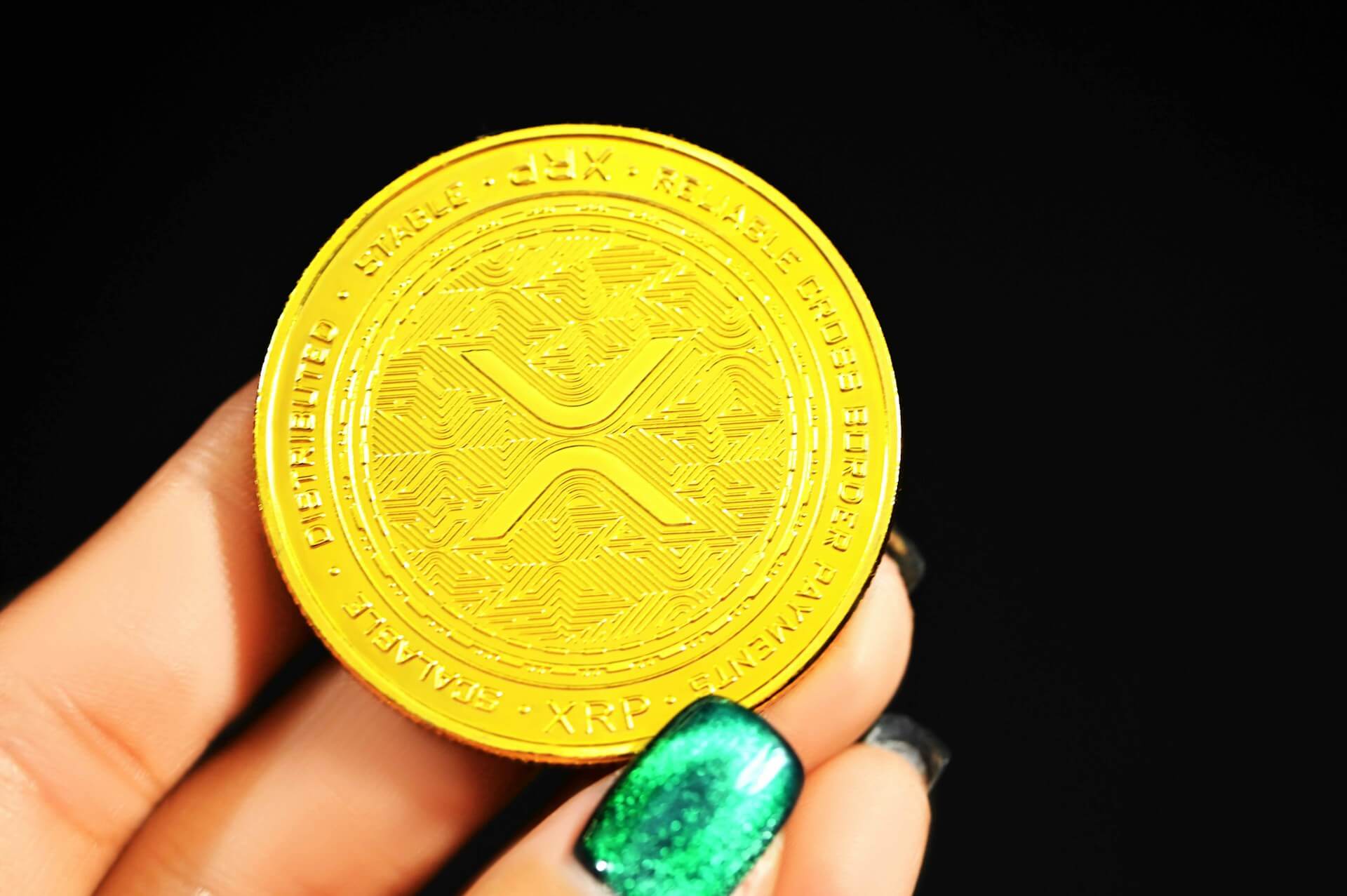
XRP vs Other Crypto
1. Ethereum's Fee-Burning Model
2. Binance Coin's Aggressive Strategy
3. Shiba Inu's Community Burns
Does XRP Have a Burn Rate Different from Others?
The $30 Billion Question: Will Ripple Burn XRP Escrow
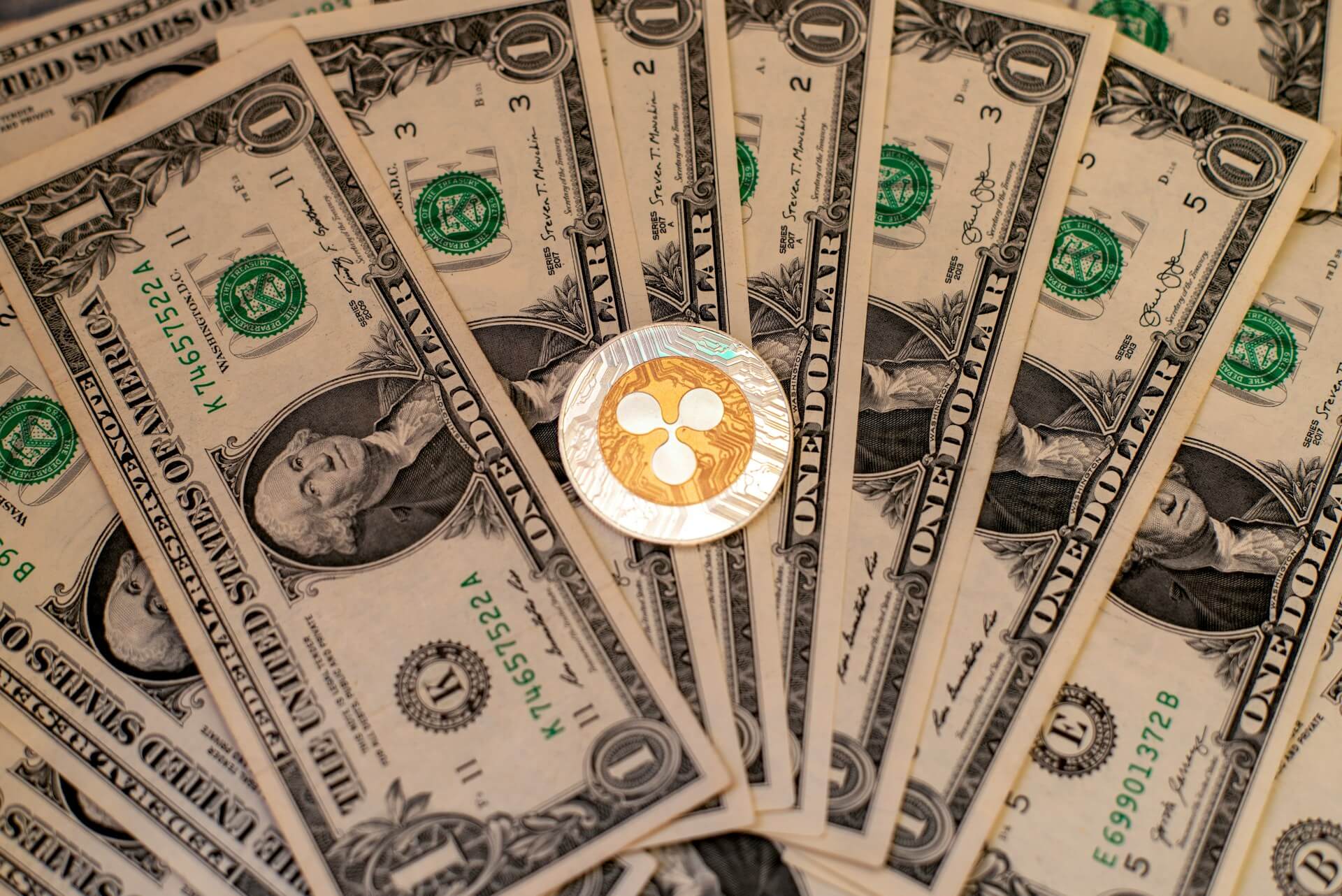
Is the XRP Burn Rate Collapse a Red Flag?
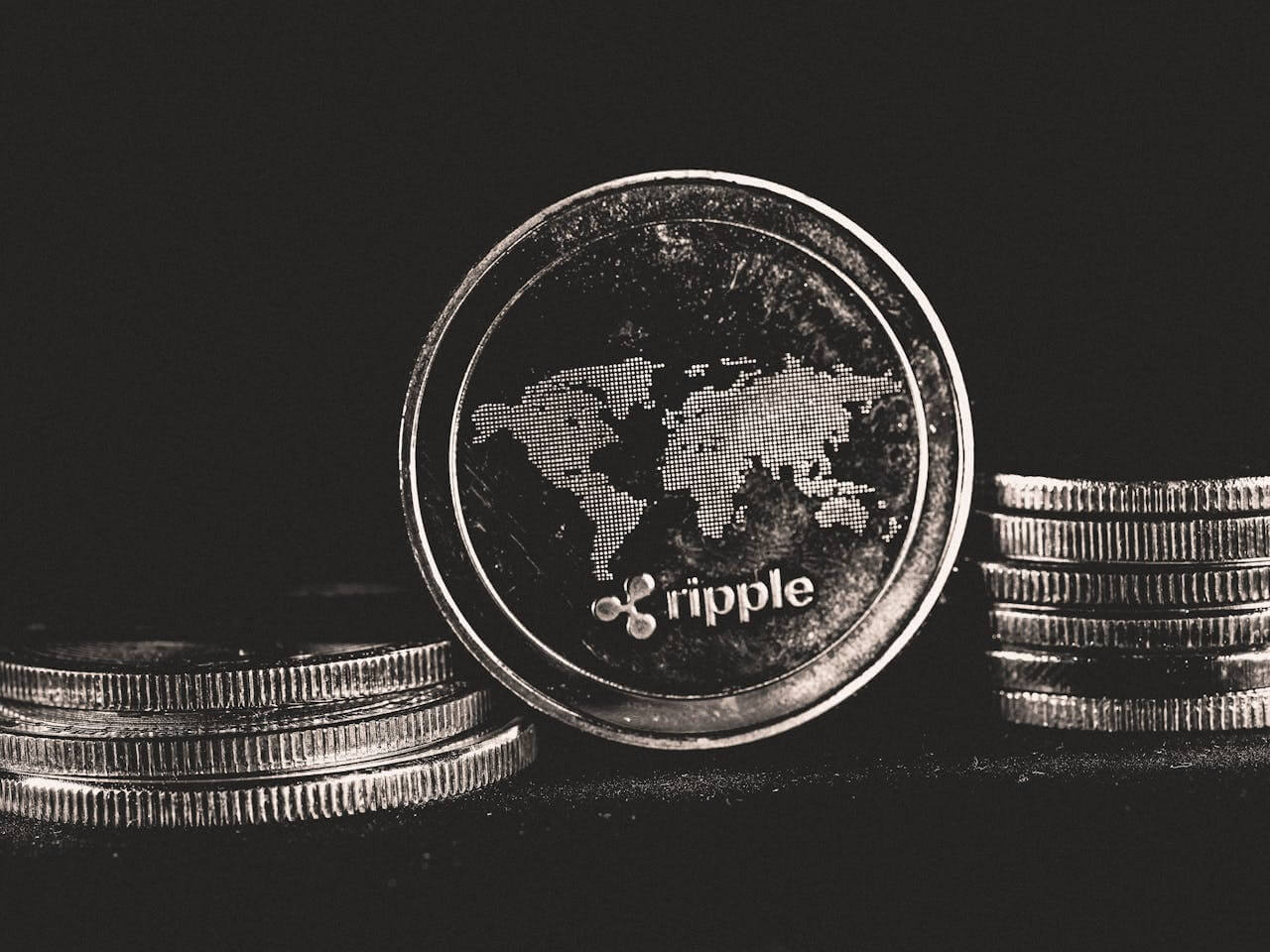
What XRP Investors Should Actually Focus On
- Network adoption – Track how many banks and payment providers integrate Ripple's On-Demand Liquidity service, which uses XRP for cross-border transactions.
- XRP Ledger developments – The introduction of Automated Market Makers creates new DeFi use cases, with each AMM pool burning 2 XRP as a one-time fee.
- RLUSD stablecoin impact – Ripple's upcoming stablecoin will drive transaction volumes since every RLUSD transaction burns XRP fees.
- Active addresses and whale accumulation – In mid-2025, active addresses spiked to 300,000 daily, and large holders exceeded 2,700 addresses for the first time.
- Burn tracking tools – Websites like XRPScan provide real-time burn data, but treat it as one data point among many, not your primary investment metric.
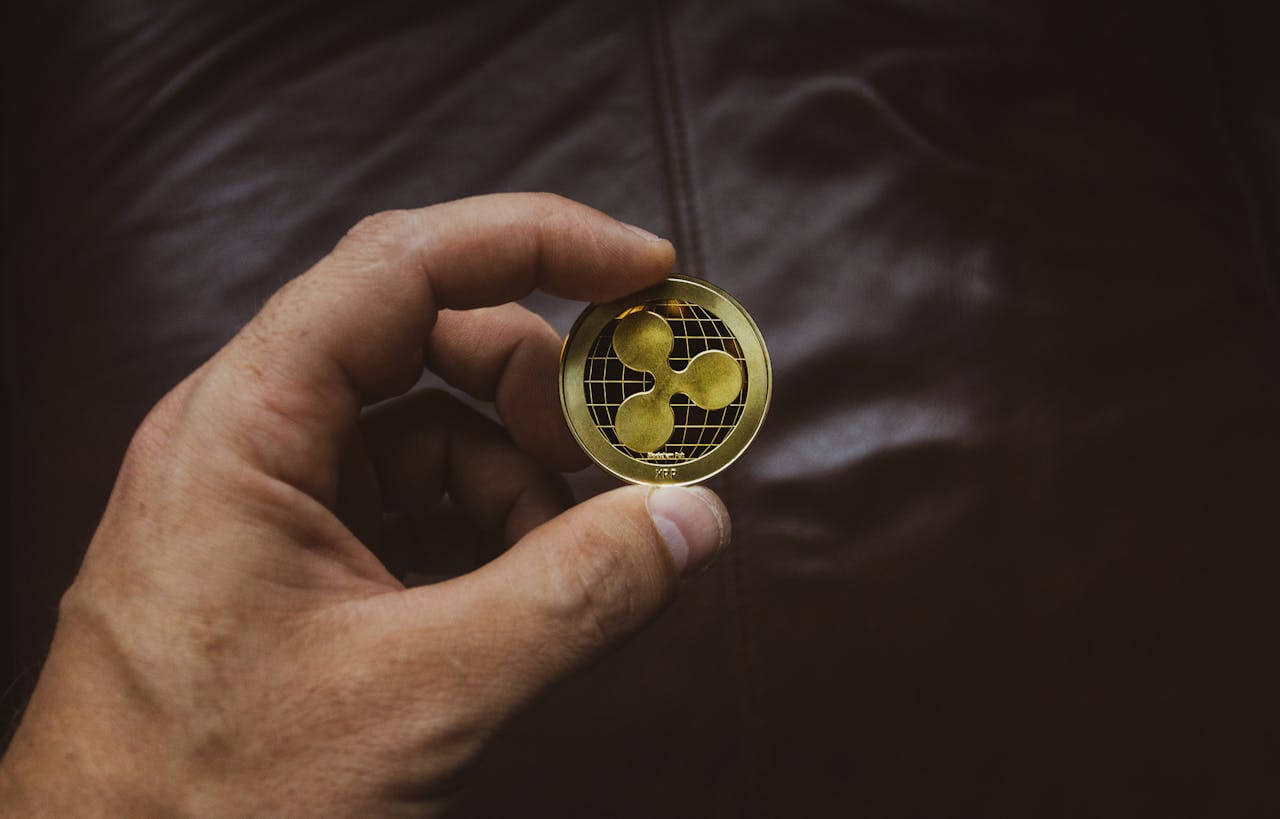
Frequently Asked Questions
Want to learn more about XRP's technology? Read our comprehensive guide.
Conclusion
Popular Articles
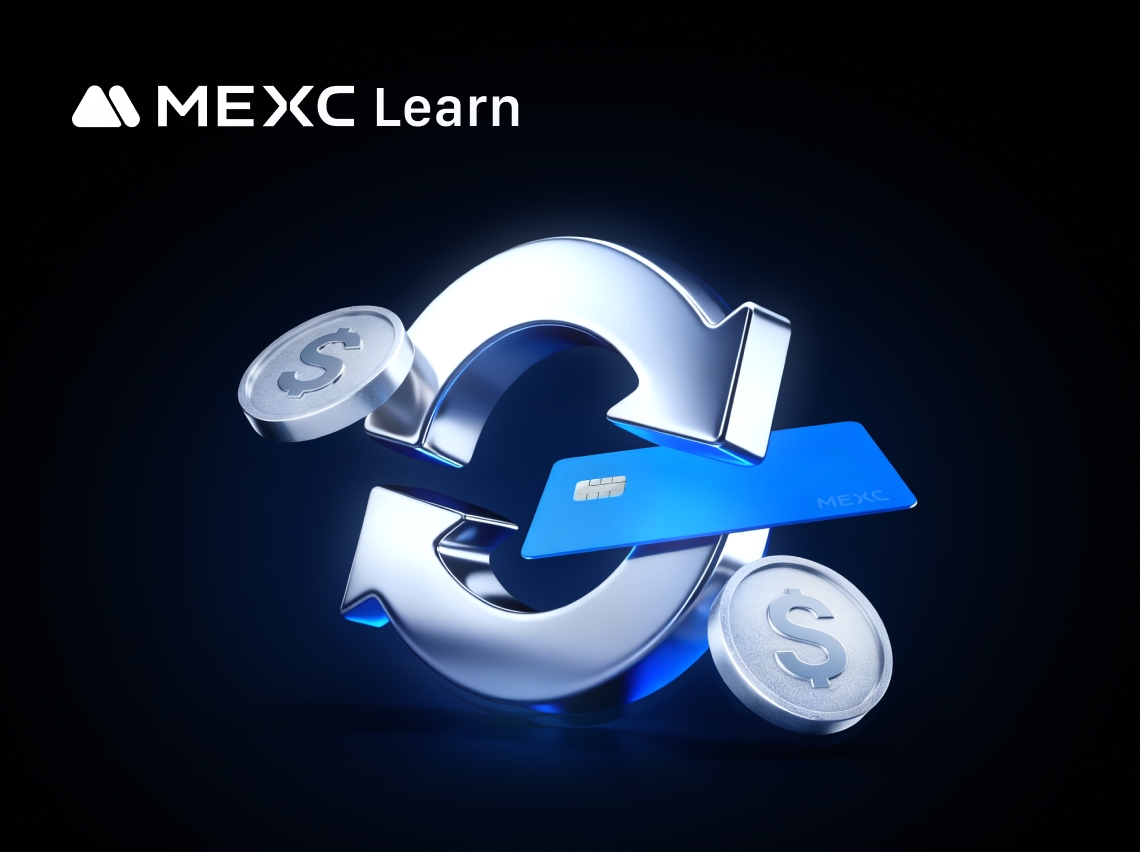
What is P2P Trading: The Safest and 0 Fee Way to Buy and Sell Crypto Globally
In many emerging markets, users check “weather tomorrow” not only for climate conditions but increasingly as an indicator of upcoming “market weather” — inflation spikes, currency drops, or policy cha
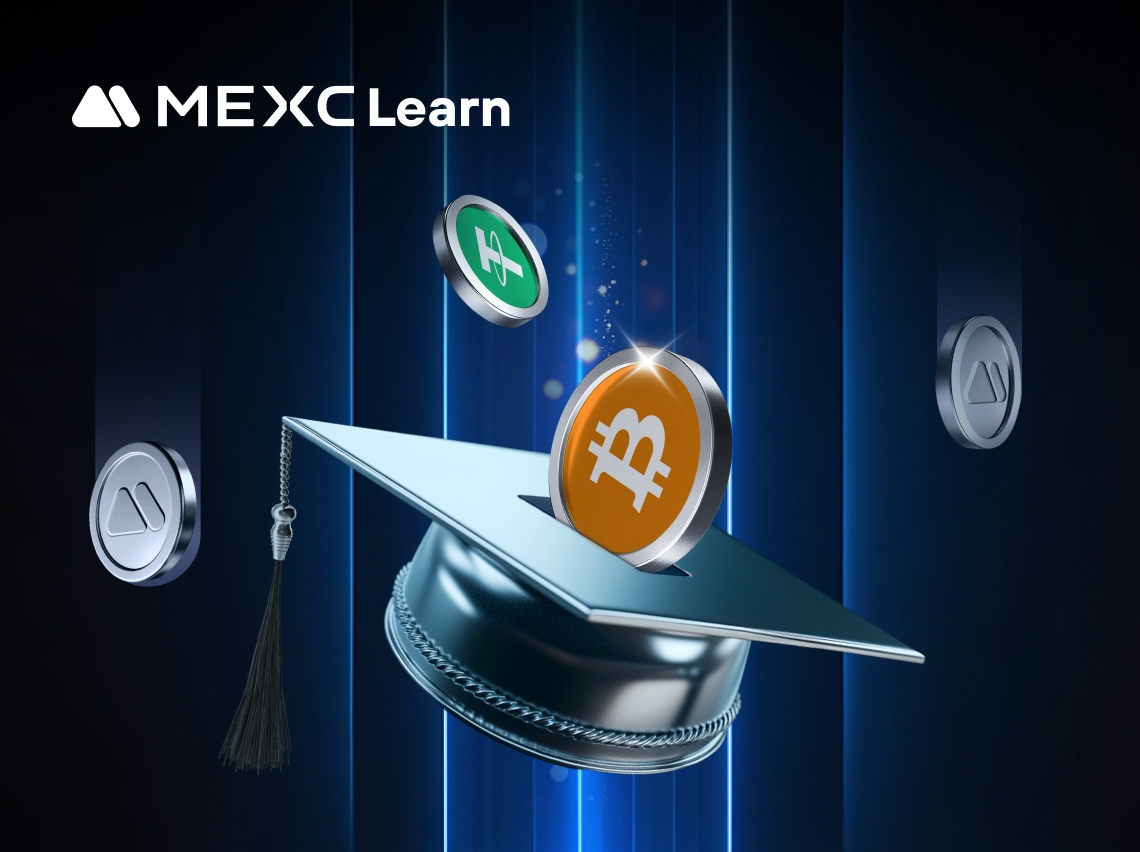
What is GAIB? Complete Guide to the AI Infrastructure Economic Layer and GAIB Token
The artificial intelligence revolution demands unprecedented computing power, yet investing in AI infrastructure remains out of reach for most. GAIB transforms this landscape as the world's first econ
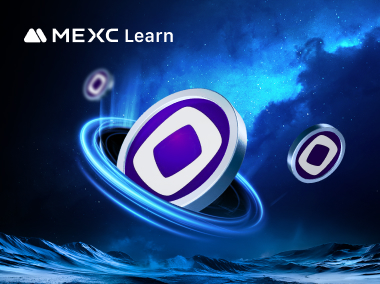
Emerging Layer-1 Generates Anticipation: Can Monad Disrupt the Market?
Monad is a high-performance Layer-1 blockchain project designed to overcome the transaction throughput and scalability limitations of traditional blockchains like Ethereum, while maintaining full comp

What is Monad (MON)? Complete Guide to the High-Performance Ethereum-Compatible Blockchain
Monad represents a breakthrough in blockchain technology, delivering 10,000 transactions per second while maintaining full Ethereum compatibility and true decentralization. This comprehensive guide ex
Hot Crypto Updates
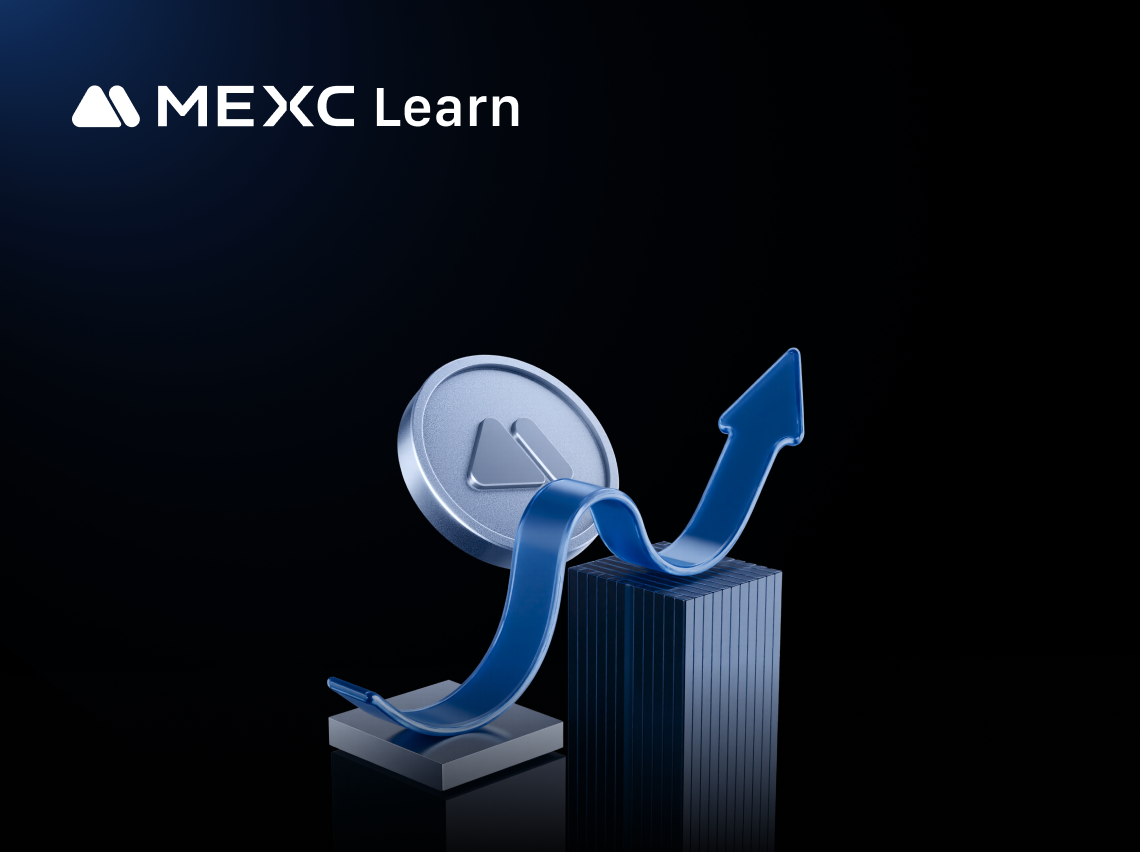
How to Convert XMR to MATIC?
Converting Monero to Polygon opens doors to exciting opportunities in the cryptocurrency market.XMR offers privacy-focused transactions, while MATIC provides access to fast and affordable blockchain o
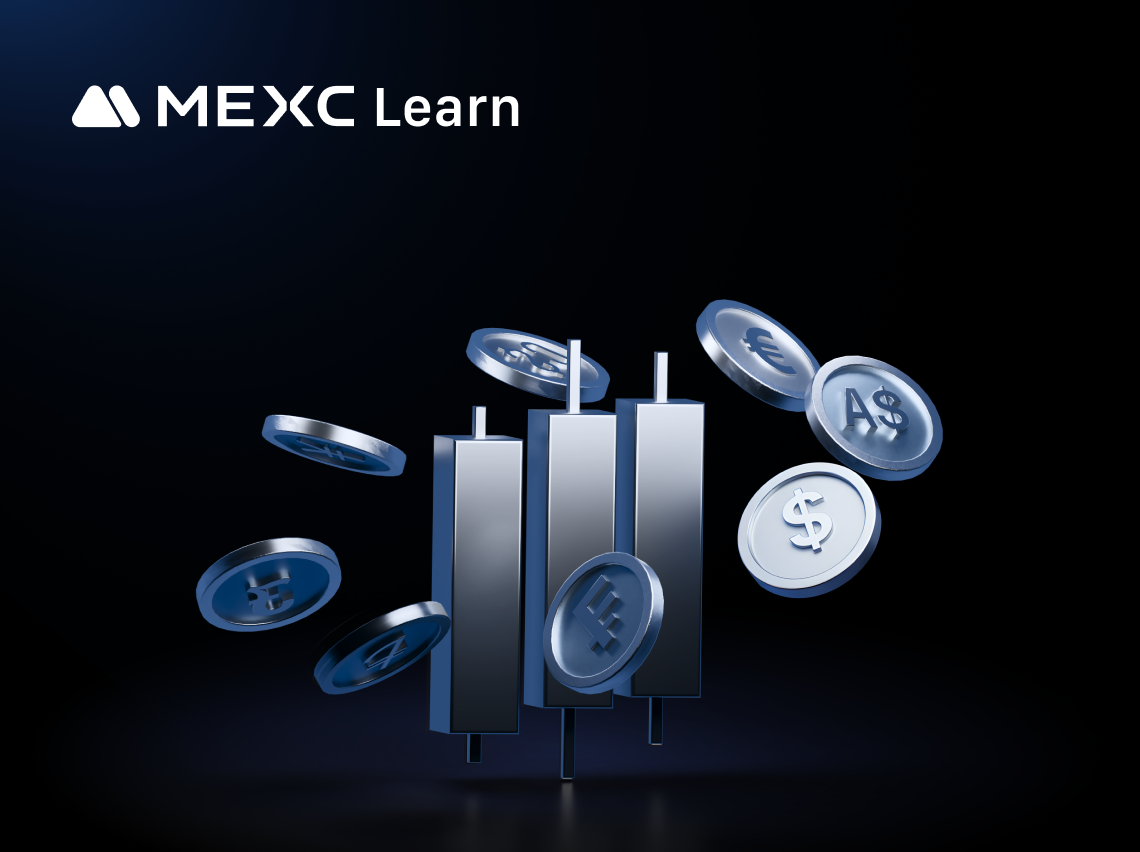
Spring Dev Bank (SDB) Price Prediction: 2026-2030 Investment Analysis
Core Overview Spring Dev Bank (SDB) is the first mobile-first crypto banking platform focused on Southeast Asia's underbanked populations, combining blockchain technology with decentralized financial
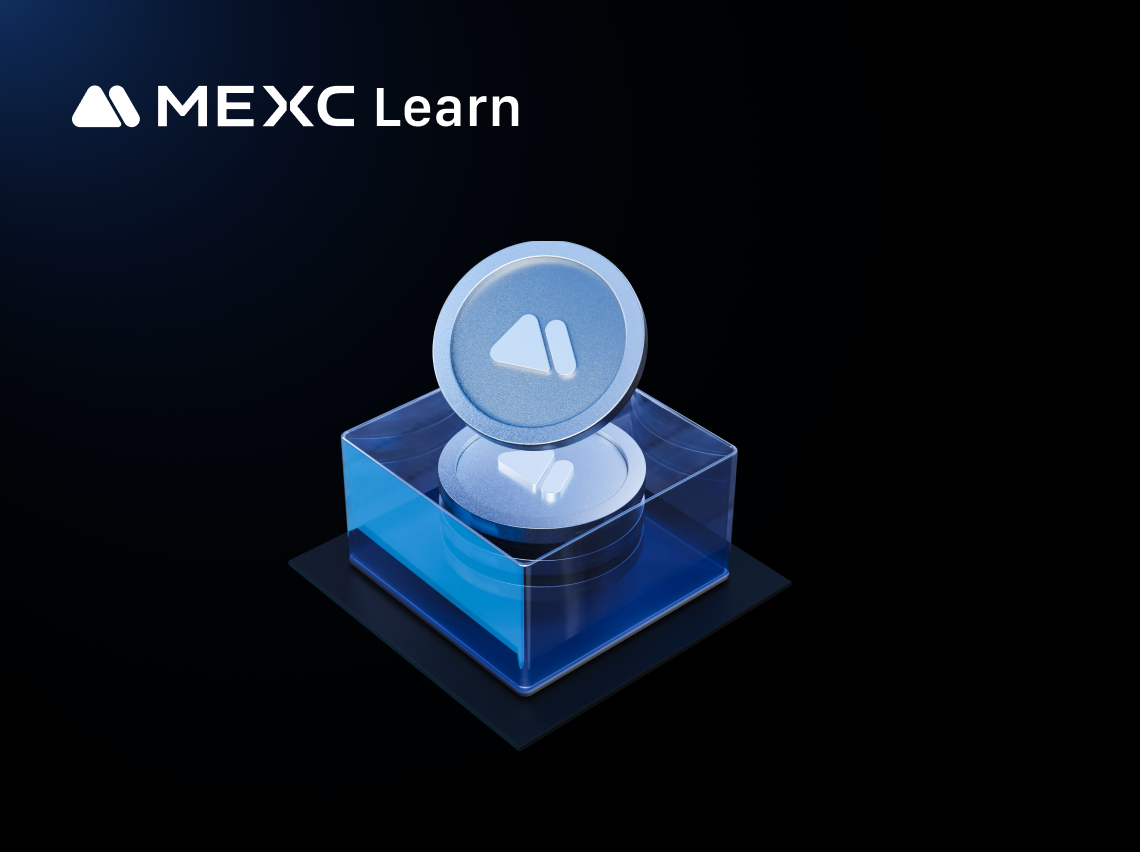
How to Convert BTC to XMR? A Complete Guide
Converting Bitcoin to Monero has become increasingly popular among cryptocurrency users seeking enhanced privacy and portfolio diversification.While Bitcoin operates on a transparent blockchain where
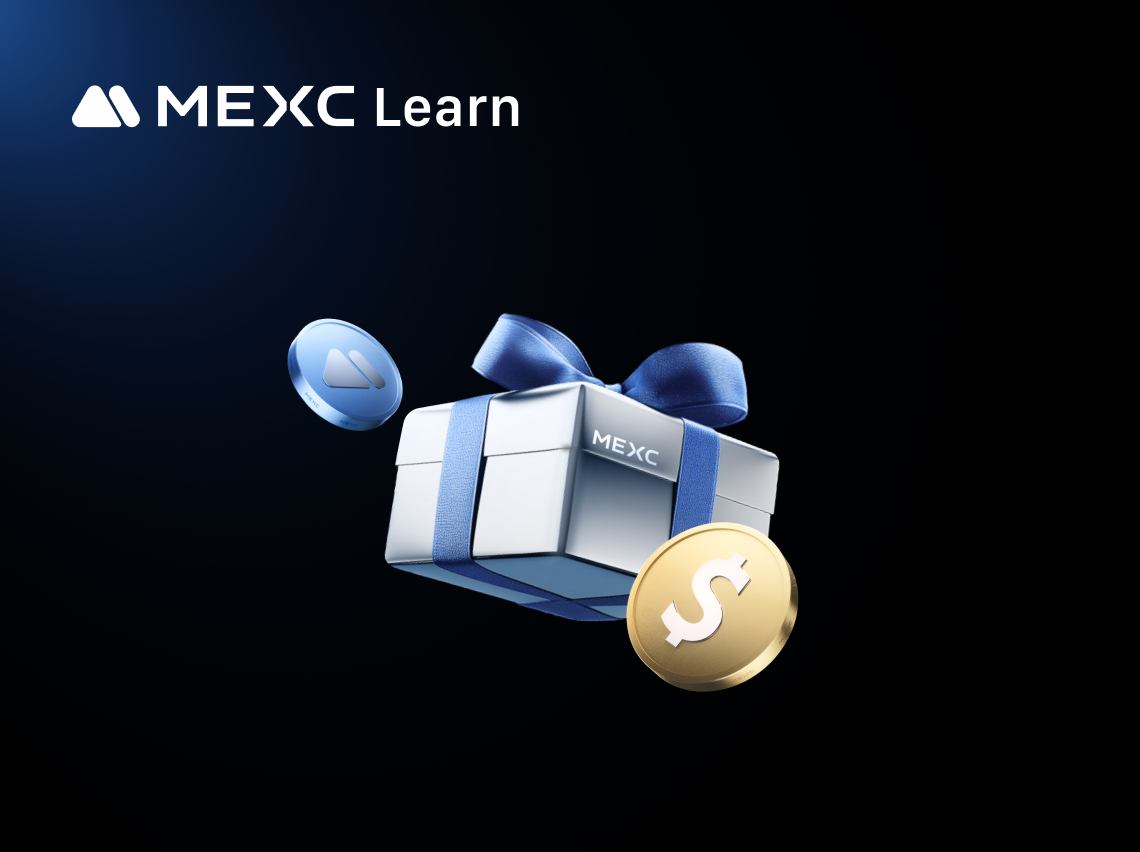
How to Buy Monero in the UK? A Simple Guide
Monero (XMR) has become one of the most sought-after cryptocurrencies for UK buyers who value financial privacy. Unlike Bitcoin or Ethereum, which display all transaction details publicly, Monero offe
Trending News

How IPO Genie Fits Into a 2026 Crypto Investment Strategy
Positioning for the 2026 crypto cycle requires more than thematic awareness-it requires understanding the underlying structural changes that will define the next wave of digital-asset value creation.

The European Commission is preparing a formal probe into AWS, Microsoft Azure, and Google Cloud
The post The European Commission is preparing a formal probe into AWS, Microsoft Azure, and Google Cloud appeared on BitcoinEthereumNews.com. Amazon Web Services (AWS), Microsoft Azure and Google Clou

College Football Coaching Carousel Tracker: James Franklin Update
The post College Football Coaching Carousel Tracker: James Franklin Update appeared on BitcoinEthereumNews.com. STATE COLLEGE, PENNSYLVANIA – OCTOBER 11: Head Coach James Franklin of the Penn State Ni

Shiba Inu Price Prediction: PEPE Holders Looking For The Next 100x Crypto Set Their Sights On Layer Brett Presale
While SHIB and PEPE continue to dominate headlines, many early holders are now hunting for the next breakout. Layer Brett […] The post Shiba Inu Price Prediction: PEPE Holders Looking For The Next 100
Related Articles

What is P2P Trading: The Safest and 0 Fee Way to Buy and Sell Crypto Globally
In many emerging markets, users check “weather tomorrow” not only for climate conditions but increasingly as an indicator of upcoming “market weather” — inflation spikes, currency drops, or policy cha

What is GAIB? Complete Guide to the AI Infrastructure Economic Layer and GAIB Token
The artificial intelligence revolution demands unprecedented computing power, yet investing in AI infrastructure remains out of reach for most. GAIB transforms this landscape as the world's first econ

Emerging Layer-1 Generates Anticipation: Can Monad Disrupt the Market?
Monad is a high-performance Layer-1 blockchain project designed to overcome the transaction throughput and scalability limitations of traditional blockchains like Ethereum, while maintaining full comp

What is Monad (MON)? Complete Guide to the High-Performance Ethereum-Compatible Blockchain
Monad represents a breakthrough in blockchain technology, delivering 10,000 transactions per second while maintaining full Ethereum compatibility and true decentralization. This comprehensive guide ex
